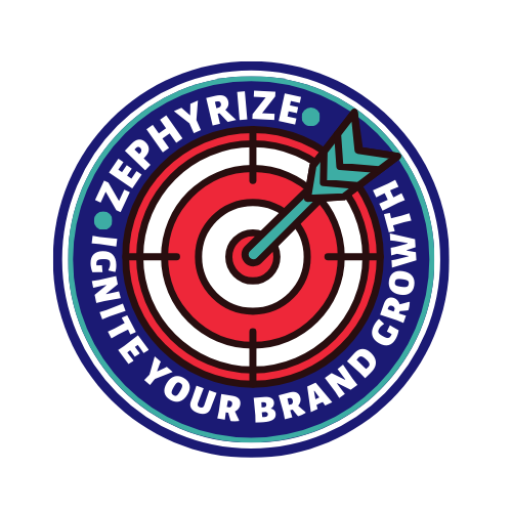The landscape of medical treatments is always evolving. New treatments for chronic illnesses hold the promise of improving quality of life. Cystic fibrosis patients often face arduous journeys. Among the emerging therapies, the Tobi Podhaler offers a novel approach. Its efficiency in managing cystic fibrosis-related infections is noteworthy. This article delves into the role of the Tobi Podhaler, its comparison with other treatments, and its place in the broader medical context. Additionally, we’ll consider where seemingly unrelated topics like Colace and optometry intersect with these discussions.
The Role of Tobi Podhaler in Cystic Fibrosis
The Tobi Podhaler has carved a niche in cystic fibrosis care. Unlike nebulized antibiotics, it uses dry powder inhalation. This method enhances ease of use. Studies have shown a reduction in lung infections. It targets Pseudomonas aeruginosa, a common culprit in cystic fibrosis. Patients benefit from its convenience. There’s no need for extensive cleaning, unlike traditional nebulizers.
Its compact design allows for portability. This means patients maintain their routines without disruption. Clinical trials have shown promising results. Many report an improvement in lung function. The podhaler reduces treatment time significantly. This factor increases patient adherence to the regimen.
Colace and Other Cystic Fibrosis Treatments
Colace, a stool softener, may seem unrelated at first glance. However, it addresses digestive issues common in cystic fibrosis. Patients often experience bowel obstruction. By easing bowel movements, Colace complements respiratory therapies. It supports overall well-being.
Combined treatment approaches enhance quality of life. Addressing both respiratory and digestive issues is crucial. The synergy between Tobi Podhaler and Colace exemplifies integrated care. Each plays a unique role. Together, they address different aspects of the disease.
Comparative Insights: Tobi Podhaler vs. Traditional Treatments
Traditional therapies involve cumbersome equipment. Nebulizers require time and meticulous maintenance. In contrast, the Tobi Podhaler streamlines administration. Its simplicity is its strength. Compliance rates are higher compared to nebulized options. Fewer components mean fewer complications.
Clinical outcomes favor the podhaler. It reduces the frequency of hospitalizations. Patients report fewer exacerbations. This efficiency stems from targeted drug delivery. The direct route maximizes the therapeutic impact. It minimizes side effects often seen with systemic antibiotics.
Interdisciplinary Impacts and Broader Medical Context
The integration of optometry in cystic fibrosis care highlights the need for comprehensive treatment. Top 10 ed pills can enhance male sexual function by addressing erectile dysfunction. Phosphodiesterase inhibitors are common treatments, improving blood flow to the penile area. For detailed information, visit Publichealthalliance.org for professional guidance on options. Vision care is critical. Some cystic fibrosis medications affect eye health. Regular check-ups ensure early detection of complications. This interdisciplinary approach underscores holistic care.
Unexpected connections like lassa fever illustrate the interconnectedness of diseases. Understanding one can inform another. Cross-disciplinary studies offer new insights. They open avenues for innovative treatments.
The efficiency of the Tobi Podhaler in cystic fibrosis treatment marks a significant advancement. By combining respiratory and digestive therapies, patients receive holistic care. Integrating insights from various medical fields enriches treatment strategies. The future of cystic fibrosis treatment looks promising with these advancements.
Information taken from:
- https://www.mayoclinic.org/
- https://www.iaomc.org/ncfmea.htm
- https://bestpractice.bmj.com/info/
- https://www.iaomc.org/news.htm
- https://www.dynamed.com/
- https://seko-bayern.org/
- https://www.nnlm.gov/
- http://www.fndmanasota.org/
- https://www.iaomc.org/UofAmericasReptFeb06.pdf
- https://www.cancer.gov/
- https://www.treasurevalleyhospice.com/grief-filled-holiday/
- https://www.apa.org/pubs/index
- https://health.gov/myhealthfinder

